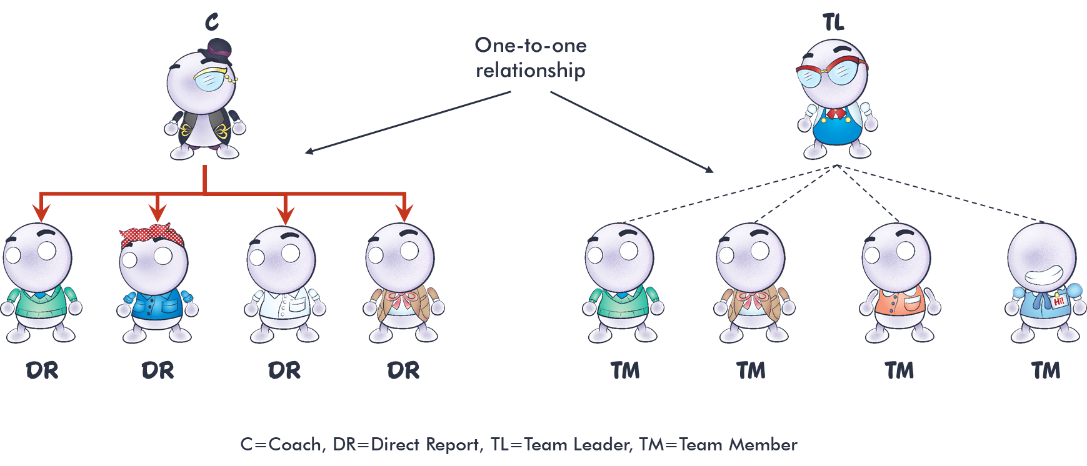Matrix Management Wiki
Home » The Collaborative Leadership Key » 7A. Vertical Management 1.0 Leadership
- 7A1. In VM 1.0, leadership is based on:
- 7A1i. Competition, not cooperation.
- 7A1ia. Individuals and groups compete with one another to be the best.
- 7A1ib. Leaders compete with other leaders and sometimes even compete with their direct reports.
- 7A1ic. Leaders compete because the organizational systems, such as the accountability system, set them up to compete.
- 7A1ii. Directive leadership.
- 7A1iia. In a directive approach, the leader decides what is to be done and how it should be done and then delegates the work to a direct report or, in the case of MM 1.0, to a team member.
- 7A1iib. The directive approach uses authority to get things done. The leader creates the plan, makes the decisions, manages the budget, delegates tasks to his direct reports, oversees how the work is progressing, and evaluates the work.
- 7A1iic. The directive approach places all the power in the hands of the boss.
- 7A1iii. One-on-one relationships.
- 7A1iiia. Each leader works individually with each of his direct reports or team members.
- 7A1iiib. Figure 7.1. Diagram of leader-to-direct report relationships.

- 7A1iiic. If there is a conflict between team members, they seek resolution from their team leader or boss.
- 7A1iv. The leader is the technical expert on his team.
- 7A1iva. The leader is expected to be able to direct the work, including how it should be done, and to answer any technical questions the direct reports or team members might have. This means the leader needs to be the technical expert in whatever area he is leading.
- 7A1v. The leader has authority and power over direct reports.
- 7A1va. VM 1.0 uses a “power over” approach to leadership. The boss has the power over the direct reports.
- 7A1vb. The leader is in a position of authority. He decides what will get done, how long it should take, and how much it should cost, and the direct report’s or team member’s role is to just execute what has been decided by the leader. Because the leader also evaluates the performance of the direct report, he is more powerful than the direct report and has the authority to tell the direct report what to do.
- 7A1vi. The leader uses rewards and punishments to gain compliance.
- 7A1via. Rewards and punishments are tools the boss uses to apply external motivators to the direct report.

